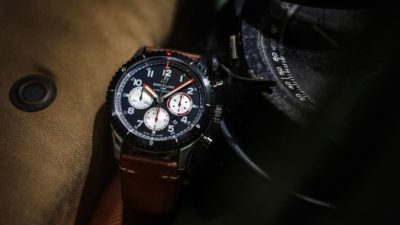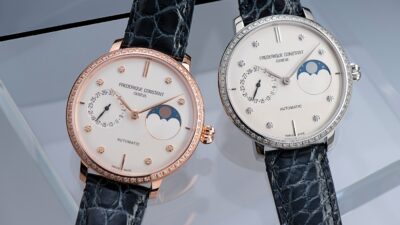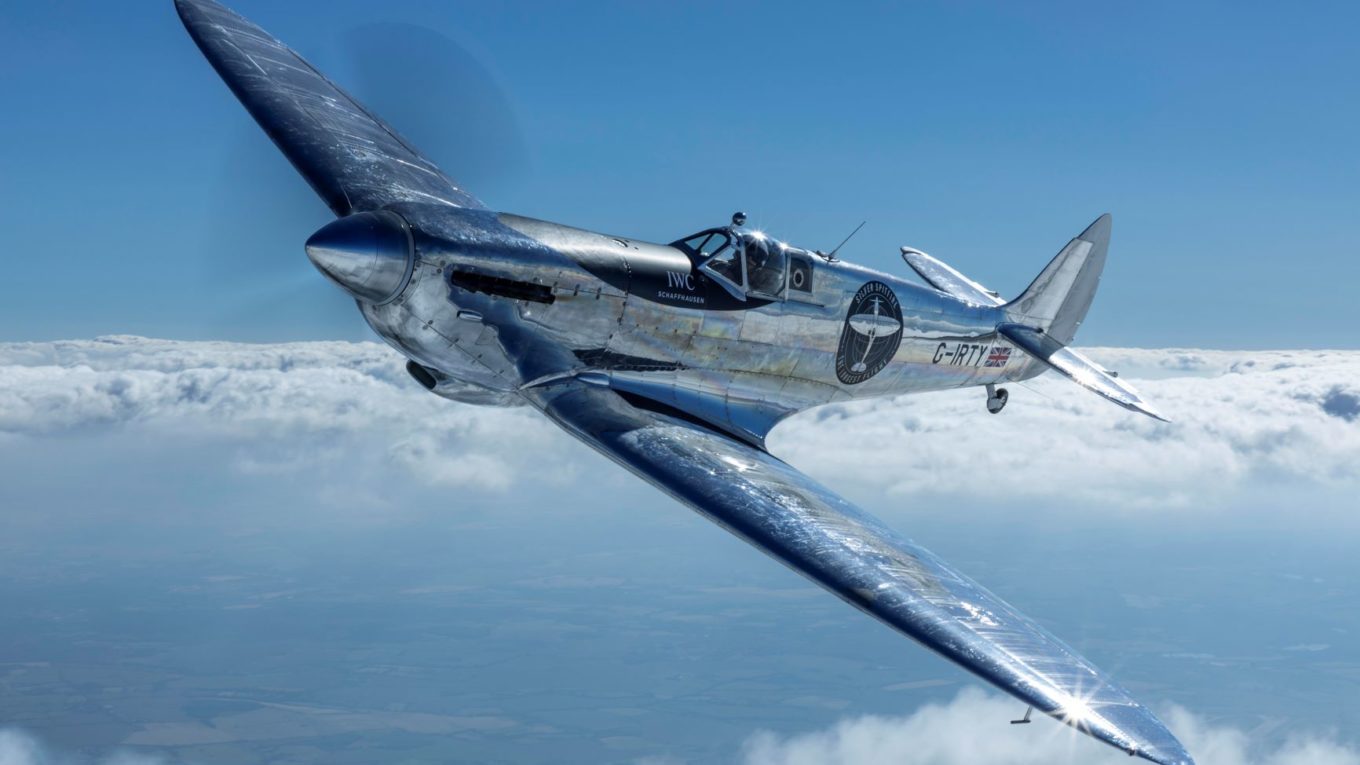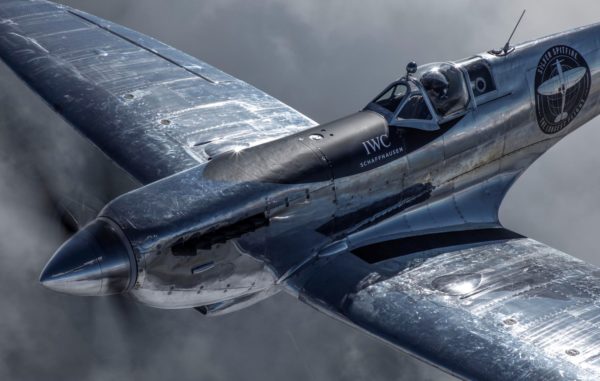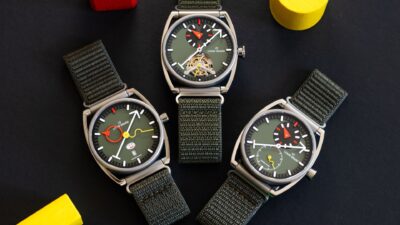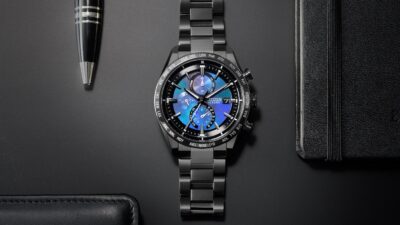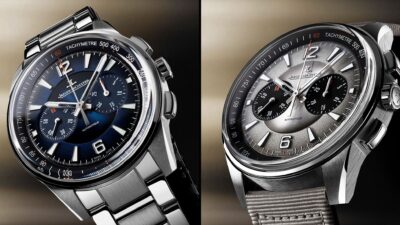The unique surface of polished aluminium highlights the iconic silhouette of the British aircraft in a way never seen before. The “Silver Spitfire”, with the new G-IRTY registration, has been taking off for flight tests this month, before embarking on an unprecedented flight around the world in August.
The ambitious goal of “Silver Spitfire – The Longest Flight” is to circumnavigate the world in a Spitfire. IWC is supporting Steve Boultbee Brooks and Matt Jones with their expedition as official time keeper and main partner. Never before in the history of aviation has the legendary British aircraft embarked on such a long and arduous journey. The two British pilots, and founders of Boultbee Flight Academy, will fly the propeller-driven aeroplane around the world, covering a distance of over 43,000 kilometres and visiting some 30 countries on their way.
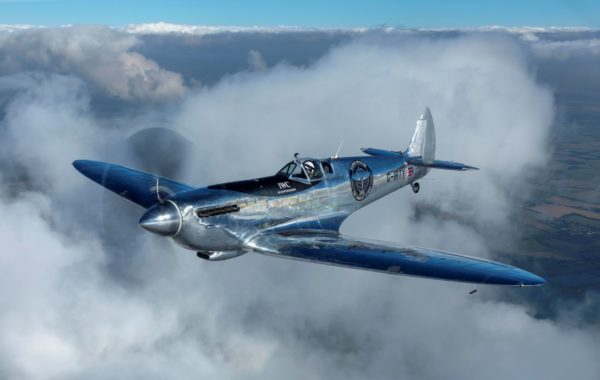
The original Supermarine Spitfire MX.IX, with the historic registration MJ.271, was built in Castle Bromwich back in 1943. Around 15 specialised engineers from Duxford’s Aircraft Restoration Company have worked tirelessly over the past two years, and at long last, the complex restoration programme is complete.
The restoration was a Herculean task for everyone involved. A Spitfire is made up of tens of thousands of distinct parts. More than 20,000 rivets, for example, had to be individually inspected, cleaned and, if necessary, replaced. The goal of everyone involved was to keep the Spitfire MX.IX in its original condition, as far as possible, and procuring the different spare parts proved to be a real challenge.
To begin with, the aircraft had no instrument panel and no flying instruments, and large parts of the hydraulic system, the undercarriage legs and the propeller were no longer in their original condition. All these additional components had to be procured and fitted at great expense.
The fuselage and wings of the aircraft were polished in a multi-stage process, using various compounds and pads. Importantly, this intricate process managed to preserve a unique patina, which had been caused by exhaust fumes tarnishing the Spitfire’s fuselage, during its many years of active service.
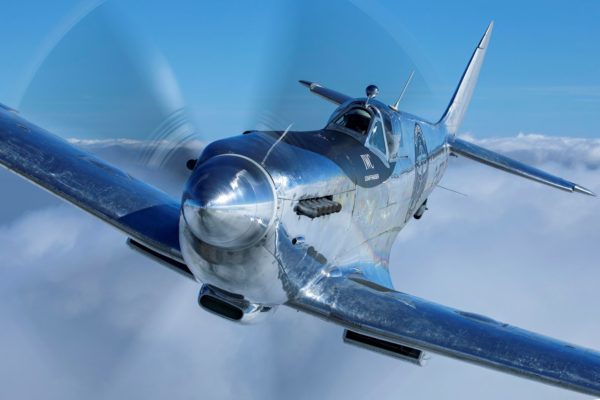
Beneath its sleek exterior, the “Silver Spitfire” also received several internal system upgrades to prepare it for its daring mission. Among other things, the engineers installed additional fail-safe radio systems, fuel pumps, and vacuum pumps. These back-up systems will ensure that the pilots, the aircraft and the mission are not jepardised, if any component fails during the flight. Also, because the “Silver Spitfire” has a total of eight fuel tanks instead of two, various new pipes, valves and pumps had to be fitted. In addition, the powerful RollsRoyce Merlin 70 engine, with an output of over 1700 hp, was given a thorough overhaul and is now ready for another 500 flying hours.
Just a few days ago flight testing began and, over the next weeks, the crew will familiarise themselves with the aircraft and its flight behaviour, eradicating any teething troubles. The start of the expedition is scheduled for the 5th August from Goodwood Aerodrome.
